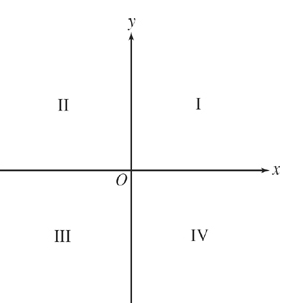Polar Coordinate System
When each point on a plane of a two-dimensional coordinate system is decided by a distance from a reference point and an angle is taken from a reference direction, it is known as the polar coordinate system.
Pole = The reference point
Polar axis = the line segment ray from the pole in the reference direction
In the polar coordinate system, the origin is called a pole.
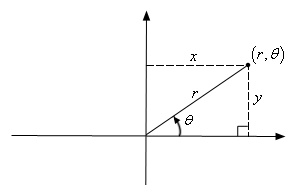
Here, instead of representing the point as (x, y), we can express it as a polar coordinate (r, θ).
Where the value of r can be negative. The value of angle changes based on the quadrant in which the r lies.
|
Quadrant |
Value of |
|
I |
Calculated value |
|
II |
Add π to the calculated value |
|
III |
Add π to the calculated value |
|
IV |
Add π to the calculated value |
Read more:
- Coordinate Geometry
- Coordinates of a Point in Three Dimensions
- Coordinate Geometry Class 9 Notes
- Coordinate Geometry Class 10 Notes
The above information can be tabulated as below:https://byjus.com/biology/icse-articles-biology/
|
Quadrant |
Cartesian Coordinates |
Range |
|
|
I |
(x, y) |
0°-90° |
|
|
II |
(-x, y) |
90°-180° |
|
|
III |
(-x, -y) |
180°-270° |
|
|
IV |
(x, -y) |
270°-360° |
Note:
In the Cartesian coordinate system, the distance of a point from the y-axis is called its x-coordinate and the distance of a point from the x-axis is called its y-coordinate.
Polar grid
Polar grid with different angles as shown below:
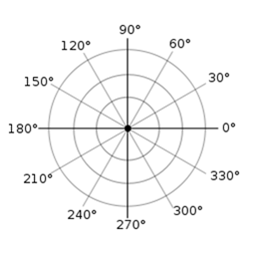
Also, π radians are equal to 360°.
Polar Coordinates Formula
We can write an infinite number of polar coordinates for one coordinate point, using the formula
(r, θ+2πn) or (-r, θ+(2n+1)π), where n is an integer.
The value of θ is positive if measured counterclockwise.
The value of θ is negative if measured clockwise.
The value of r is positive if laid off at the terminal side of θ.
The value of r is negative if laid off at the prolongation through the origin from the terminal side of θ.
Note:
The side where the angle starts is called the initial side and the ray where the measurement of the angle stops is called the terminal side.
Cartesian to Polar Coordinates
x = r cos θ
y = r sin θ
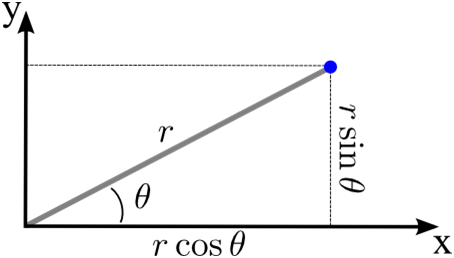
Finding r and θ using x and y:
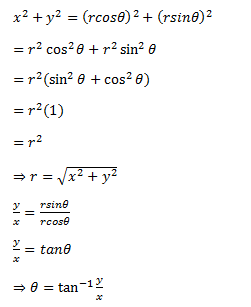
3D Polar Coordinates
3d polar coordinates or spherical coordinates will have three parameters: distance from the origin and two angles.
The 3d-polar coordinate can be written as (r, Φ, θ).
Here,
R = distance of from the origin
Φ = the reference angle from XY-plane (in a counter-clockwise direction from the x-axis)
θ = the reference angle from z-axis
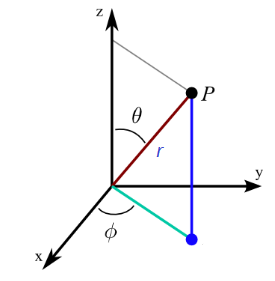
Polar Coordinates Examples
Example 1:
Convert the polar coordinate (4, π/2) to a rectangular point.
Solution:
Given,

We know that,
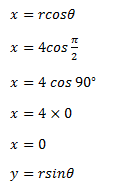
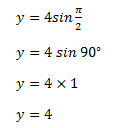
Hence, the rectangular coordinate of the point is (0, 4).
Example 2:
Convert the rectangular or cartesian coordinates (2, 2) to polar coordinates.
Solution:
Given,
(x, y)=(2, 2)
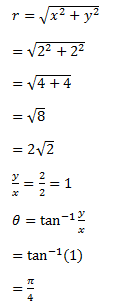

Note:

Polar Coordinates Applications
Two-dimensional polar coordinates play a significant role in navigation either on sea or in air.
If equations are expressed in polar coordinates, then calculus can be applied.
